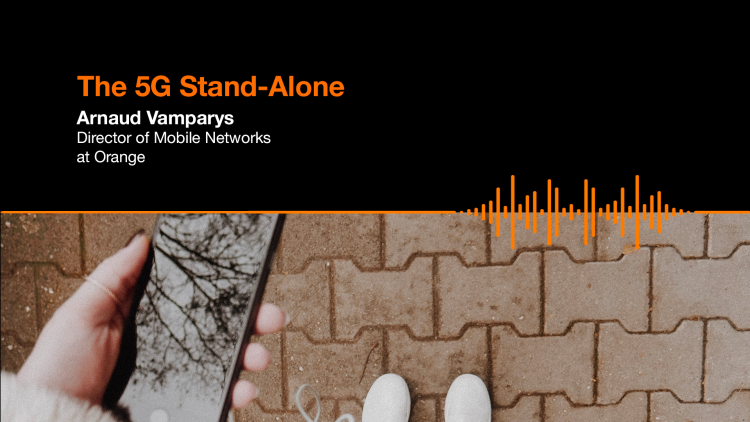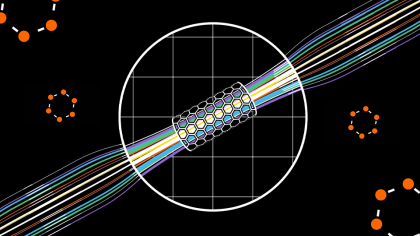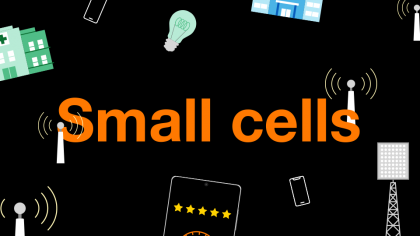Standalone 5G: An Even More Adaptable Toolbox
Standalone 5G, or SA 5G, allows us to break free from existing 4G infrastructures. It improves the experience of Orange customers, businesses and consumers alike, by adapting connectivity to their needs. This evolution of mobile broadband is in response to ever-increasing data consumption on mobile networks.
Truly an “even more adaptable toolbox,” this technology enables better network optimization and harnesses a yet untapped frequency range to fulfill specific use cases. Smart antennae capable of going into standby mode when not in use give SA 5G improved energy efficiency.
Listen to the podcast
Truly an “even more adaptable toolbox,” this technology enables better network optimization and harnesses a yet untapped frequency range to fulfill specific use cases. Smart antennae capable of going into standby mode when not in use give SA 5G improved energy efficiency.







